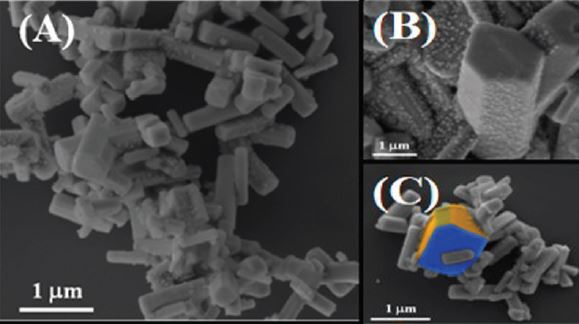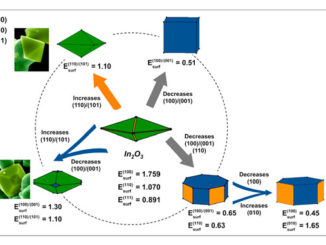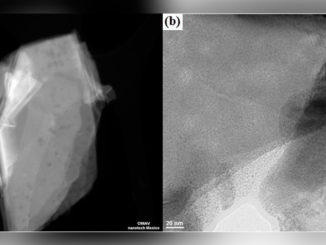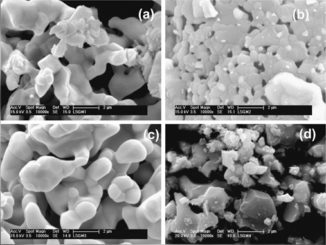
Effects of chemical substitution on the structural and optical properties of alpha-Ag2-2xNixWO4 (0 <= x <= 0.08) solid solutions
Abstract: In this work, we investigated the effects of chemical substitution on the structural, electronic, and optical properties of alpha-Ag2-2xNixWO4 (0 <= x <= 0.08) solid solutions prepared by a facile microwave-assisted hydrothermal method. The results showed that the increase of Ni concentration in alpha-Ag2WO4 microcrystals as a host matrix caused a morphological transformation and a shift of the electronic and optical properties. Based on first principles calculations and using Wulff’s construction, particle shapes and their transformations in alpha-Ag2WO4 and alpha-Ag2-2xNixWO4 can be affected by controlling the ratios of surface energy values between the different facets. In addition, theoretical calculations revealed that Ni substitution in alpha-Ag2WO4 is more favorable in the Ag-2 and Ag-4 positions, in which the local coordination of Ag atoms corresponds to clusters with coordination numbers of seven and four, respectively. This behavior could be related to the degree of medium-range structural disorder in alpha-Ag2-2xNixWO4 crystals. The experimental results were correlated with theoretical simulations to achieve a deeper understanding of the relationship between morphology and properties. These results provide the basis for a rational design for the compositional modulation of structural and optical properties.
Author(s): Pereira, WD; Ferrer, MM; Botelho, G; Gracia, L; Nogueira, IC; Pinatti, IM; Rosa, ILV; La Porta, FD; Andres, J; Longo, E.
PHYSICAL CHEMISTRY CHEMICAL PHYSICS
Volume: 18 Pages: 21966-21975 Published: AUG 31 2016
DOI: 10.1039/c6cp00575f




